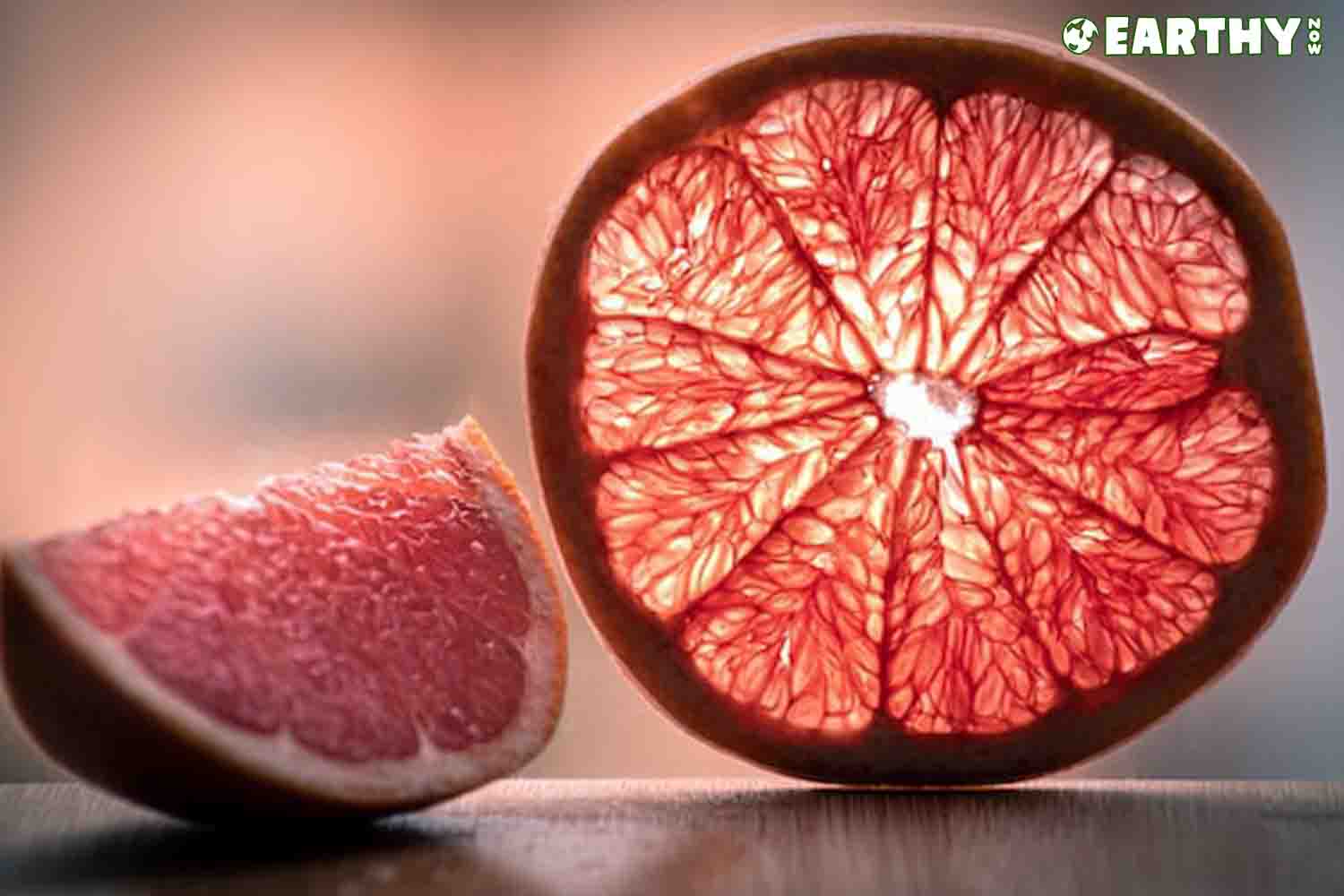There are few citrus fruits more refreshing than a juicy orange. Adding to the natural sugars and pulpy sections, valencene is the terpene responsible for much of what makes oranges so delicious. Named after Valencia oranges, this beneficial terpene is prized for its pleasant citrus aroma and array of commercial uses.
Here we’ll explore the nature of valencene in regard to its uses, benefits, sources, and therapeutic impact via particular cannabis strains. Though it is mostly found in low concentrations in cannabis, you’d be hard-pressed to find a terpene with a more restorative smell and taste compared to other terpenes.
What are terpenes?
Terpenes are all around us. They’re in the food we eat, the plants we smell, and the products we use. In a nutshell, terpenes are aromatic chemical compounds that determine the characteristic scent of a plant. The overall fragrance of a given plant is a result of the combination of terpenes it possesses.
In nature, these terpenes protect plants from harmful insects or grazing animals. Additionally, their smells lure helpful pollinators to support the plant’s survival [1].
We humans discovered the joys of terpenes a long time ago and have used the essential oils that carry them in folk practices, food flavoring, and soaps for millennia. More recently, terpenes have become key ingredients in commercial perfume, cosmetics, food and beverages, and even cleaning products [2].
What is valencene?
A sesquiterpene, valencene is an aromatic component of oranges, other citrus fruits, and various plants and herbs. It is often extracted from the essential oil of Valencia oranges, where it is found in high concentrations [3].
Valencene is a precursor to the terpene nootkatone, the main contributor to the grapefruit aroma, and is used in insecticides, cleaning products, personal care products, foods, and cosmetics [4].
Clean as Cannabis: Terpenes and Cosmetics
Uses for valencene
Perhaps one of the most curious commercial use for valencene is its role as a flavor booster in olive oils. The next time you dip a crusty hunk of bread into a bowl of olive oil at a restaurant, try to notice whether there may be a valencene-infused flavor to the oil. This taste is said to add subtle hints of orange and freshly cut wood to the overall taste [5].
Additionally, valencene is a powerful insecticide and is used in the production of topical bug sprays and agricultural products. Valencene is also prominent in many citrus-smelling personal care products, household cleaning items, and food.
Valencene terpene effects
More research is needed to determine the efficacy of valencene. However, when the terpene is present in full-spectrum cannabis products, it may influence the therapeutic action of cannabinoids such as CBD and THC in a process known as the entourage effect.
Strains high in valencene, for instance, are said to contribute to euphoria, mood elevation, and alertness, indicating the terpene may be working synergistically with the cannabinoids of the cannabis plant to enhance the effects [7].
Cannabis strains high in valencene
This pungent chemical is one of the top 20 cannabis derived terpenes and you’ll find valencene in popular strains such as:
Canna Cake – A Sativa-dominant strain with big flavor, Canna Cake’s lineage results in a rich, spicy aroma and tangy-sweet notes of pine and citrus.
Hawaiian Haze – An award-winning, Sativa-dominant hybrid strain from Oregon CBD, Hawaiian Haze comes from crossing DC Haze “CC” and Early Resin Berry (ERB). The resulting unique and funky terpene profile evokes the taste of the tropics.
Agent Orange – A Sativa-dominant hybrid strain known for its orange, spicy taste, Agent Orange delivers a potent citrusy cocktail to the senses.
Learn more about CBD and cannabis science in the Guide to CBD.
What is the entourage effect?
Originally proposed in 1999, the entourage effect describes a mechanism by which cannabis compounds—such as terpenes and flavonoids—act synergistically with cannabinoids to modulate the overall effects of the plant [6], whether those may be mood-altering or not. It follows that terpenes would add to the entourage effect because they are part of the overall composition of the plant materials [8].
For example, the Journal of Cannabis Research explores a wide swath of data representing individual responses to various strains in their relationship to terpene synthesis. Their conclusions describe how flavor perception could represent a reliable marker to indirectly characterize the effects of cannabis via the entourage effect [9].
Sources of valencene
Valencene is abundant in the essential oil of many plants, including Valencia oranges, tangerines, clementines, lemons, and grapefruit. It is also present in lower concentrations in many cannabis strains as well as lesser-known plants like Chinese bayberry and trailing lantana [10].
Valencene dreams
While perhaps not a powerhouse cannabis terpene like more prominent terpenes, valencene is no slouch by any means. Along with imparting a toothsome array of rich smells and tastes, valencene promises pleasant profiles and vibes whether you’re enjoying a special strain or a favorite fruit. Visit Earthy Now to Order terpenes nationwide!
Nerolidol: The Floral and Woody Terpene
Medical Disclaimer / Legal Disclaimer – Information is provided for educational purposes. It does not and is not intended to constitute legal or medical advice. We attempt to be accurate and up-to-date, but the legality of cannabinoids and the science of cannabis are evolving. The author is neither a legal professional nor a medical expert. Before buying or using any products, you should check with your local authorities and medical providers.
References
- Wikipedia: Terpene
- What Are Terpenes?
- Wikipedia: Valencene
- Science Direct: Valencene
- Everything You Need to Know About Valencene and its Benefits
- Weed Maps: Valencene
- Wikipedia: Entourage Effect
- Relationship Among Subjective Responses, Flavor, and Chemical Composition Across More Than 800 Commercial Cannabis Varieties
- True Blue: When Life Gives You Oranges
- Inhibitory Effect of Valencene on the Development of Atopic Dermatitis-Like Skin Lesions in Mice






